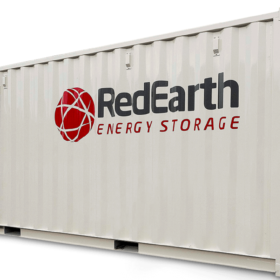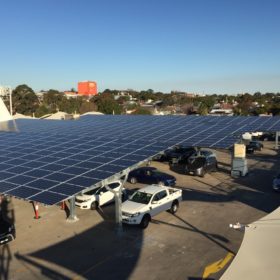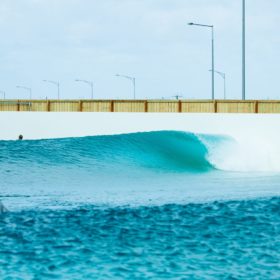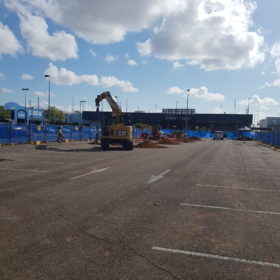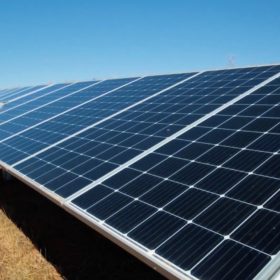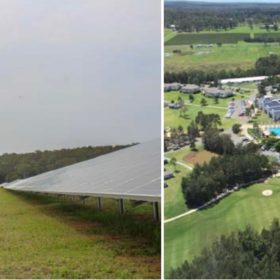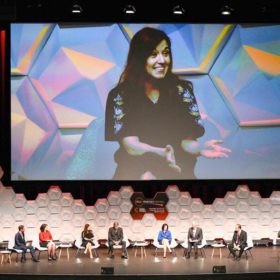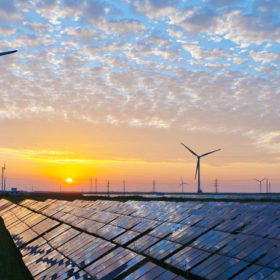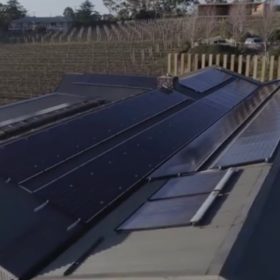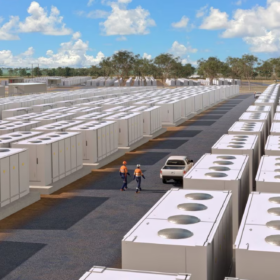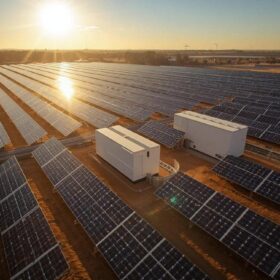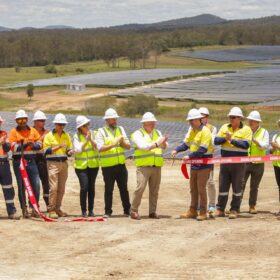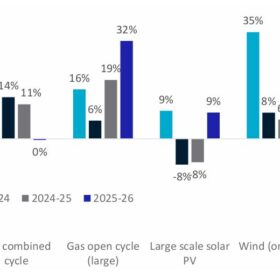RedEarth partners with Siemens on new modular battery
Australian manufacturer RedEarth has announced a new energy storage system for the Australian commercial and industrial market using technology from the global engineering and technology company, Siemens.
Australia’s shopping centres are increasingly utilising solar PV
Across Australia shopping centres are starting to realise their expansive car parks are the perfect solar farms. Not only do the centres get solar energy at peak times, but customers can avoid the real threat of car-related bodily burns by parking in the shade of a solar array.
Australia’s first full-sized surf park to pump out renewable waves
Urbnsurf Melbourne, Australia’s first full-sized surf park is set to open in Tullamarine this summer 2019/2020. The project is not only exciting for all those sullen landlocked surfers out there, but because the whole park is set to be renewably powered.
Mirvac set to build net zero energy Melbourne community with ARENA backing
With ARENA’s help, Mirvac is set to trial a net zero energy community of townhouses in the Melbourne suburb of Altona North.
Townsville’s Willows Shopping Centre gets a cool new solar car park
For large retailers and councils around Australia, solar-shaded parking can dial up the welcome to customers. Dexus has weighed the benefits against the cost of one massive solar installation over molten summer tarmac and come out in favour of rooftop PV.
CEFC tables Annual Report to Australian Senate
The Clean Energy Finance Corporation (CEFC) has released its 2018-19 Annual Report on its investment into Australia’s clean energy transition. The report laud’s CEFC investment and provides optimistic reading for the energy transition.
5 MW solar farm in coal country nears completion
A 5 MW solar farm near Cessnock in the NSW Hunter Valley region, long-time coal country, is nearing completion. The solar farm, at Lovedale’s Crowne Plaza Hunter Valley, is set for operation by the end of November.
All Energy Australia Day 2
Welcome to Australia’s largest national showcase of renewable energy at the Melbourne Convention and Exhibition Centre. Follow pv magazine live to keep updated on the latest Aussie solar PV and storage developments and trends from this year’s event, as they happen. Stay tuned!
AEMO brings up staged approach to energy transition
The Australian Energy Market Operator (AEMO) has undertaken a review on how Australia compares with other international power systems and suggested that the theoretical limits on wind and solar penetration may need to be defined with an eye on the power system stability.
Do I detect a hint of sunlight? Australia’s wineries harvest solar energy
Electricity is the single biggest cost incurred in the winemaking process. Looking to save on bills, and save the environment, wineries across Australia are rapidly up-taking solar PV.
